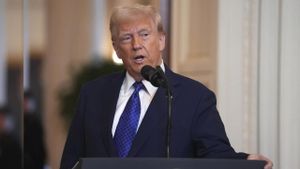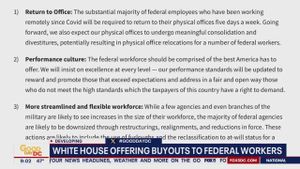The iconic Oklahoma National Stockyards, the last major big-city stockyard in the United States, now faces the threat of extinction as it is officially on the market for $27 million. Located on prime real estate along the Oklahoma River at the edge of downtown Oklahoma City, this 100-acre site has served as a pivotal part of the city’s rich western heritage for over 100 years.
While the stockyards have become somewhat of an urban relic, their potential sale reflects broader trends affecting the livestock auction industry. The stockyard’s owners are anxious about how the property—a valuable piece of land coveted for redevelopment—might change hands. Jerry Reynolds, president of the Oklahoma National Stockyards, revealed there are hopes for continued livestock operations if the right buyer emerges, yet he admits the allure of investing in real estate is strong.
Once brimming with activity, with as many as 10,000 head of cattle auctioned weekly, the stockyard has witnessed about a 20% decline in cattle throughput over the past two years. Compounding the difficulties are higher production costs, persistent droughts, and troubling tariffs stemming from President Donald Trump’s trade policies, which have created greater uncertainty across the agricultural sector.
“The handwriting has kind of been on the wall for a long time, as the cities grow and surround these facilities,” said Derrell Peel, agricultural economics professor at Oklahoma State University. Peel underscored the increasing environmental challenges of maintaining such operations amid booming urban development.
The area surrounding the stockyards has experienced significant growth recently, with plans for new luxury hotels, trendy eateries, and even the country’s tallest skyscraper underway. These developments add to the pressure on the aging stockyard and raise concerns about its future.
Chris Bakwin, chairman of the stockyard’s board and descendant of the family who founded the business, acknowledged the emotional weight of the sale. “But I have to do what’s best for shareholders,” Bakwin remarked, indicating the conflict between preserving the stockyard’s legacy and recognizing the economic realities of ownership.
Local rancher Garrison Duke, who has frequented the stockyard since childhood, recalls the vibrant atmosphere of the cattle auctions. “It was good for everybody,” he reflected, emphasizing how integral these auctions are to community and family livelihoods. For Duke, the deep connection runs through generations, and he is determined to keep his children involved in this traditional way of life.
Yet, the future remains uncertain. If the Oklahoma National Stockyards were to close, experts predict the Joplin, Missouri auction market could capture much of its business, resulting in far-reaching impacts for local ranchers. The stockyard, which has seen many similar businesses vanish from major cities since the mid-20th century, faces possible extinction amid these economic pressures.
Despite these challenges, some believe the Oklahoma National Stockyards still hold potential within the urban core. Oklahoma City Mayor David Holt expressed optimism about the stockyard’s coexistence with urban growth. “It’s not like the stockyards is in midtown Manhattan,” he noted, pointing to the city’s geographical size, which may allow for both development and preservation of this rural legacy.
The stockyards are not just cattle pens; they symbolize the heart of the rural economy transitioning to what remains of America’s vibrant agricultural industries. Jason Baker, owner of one of the commission firms operating at the stockyards, acknowledged the stakes involved. “It’s very Vital for my family. It’s our livelihood,” Baker explained, reflecting the dividend dependence on the corrals and auctions.
With the Oklahoma National Stockyards representing one of the last vestiges of big-city cattle operations, the looming possibility of closure resonates deeply not just locally, but throughout the cattle industry. The impending sale presents not only economic ramifications but also touches on the cultural heritage preserved there for generations.
While some may view the stockyard’s property as merely another piece of potential real estate, for many Oklahomans, this site remains intertwined with the community’s identity and way of life. The evolution of Oklahoma City and the fate of its historic stockyard are on a collision course, and which course prevails will determine if this significant piece of history continues to exist or becomes just another casualty lost to urban development.



